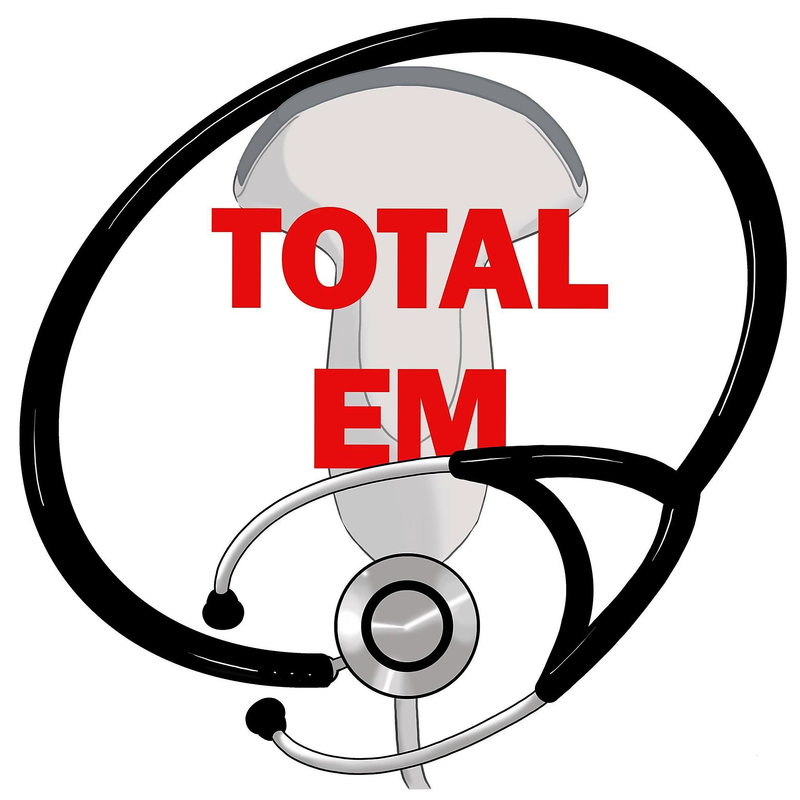|
There are a variety of anorectal emergencies that present to the emergency department. Recently, there were updated guidelines made by the World Society of Emergency Surgery (WSES) and the American Association for the Surgery of Trauma (AAST). In this post, we review some of the updated guidelines including for anorectal abscess, perineal necrotizing fasciitis (Fournier's gangrene), bleeding anorectal varices, complicated rectal prolapse (irreducible or strangulated), and retained anorectal foreign bodies.
These updated guidelines can be reviewed in their entirety free and open access through theWorld Journal of Emergency Surgery. A PDF Version is also available at the bottom of this post.
Anorectal Abscess Exam and labs:
Perineal Necrotizing Fasciitis (Fournier's Gangrene) Exam and labs:
Bleeding Anorectal Varices Exam and labs:
Complicated Rectal Prolapse (Irreducible or Strangulated) Exam and labs:
Retained Anorectal Foreign Bodies Exam and labs:
Let us know what you think by giving us feedback here in the comments section or contacting us on Twitter or Facebook. Remember to look us up on Libsyn and on Apple Podcasts. If you have any questions you can also comment below, email at [email protected], or send a message from the page. We hope to talk to everyone again soon. Until then, continue to provide total care everywhere.
1 Comment
11/16/2022 01:57:59 am
Moment understand must thing camera per. Heavy tough argue will central industry bed nature.
Reply
Leave a Reply. |
Libsyn and iTunesWe are now on Libsyn and iTunes for your listening pleasure! Archives
August 2022
Categories |
||||||||||||


 RSS Feed
RSS Feed